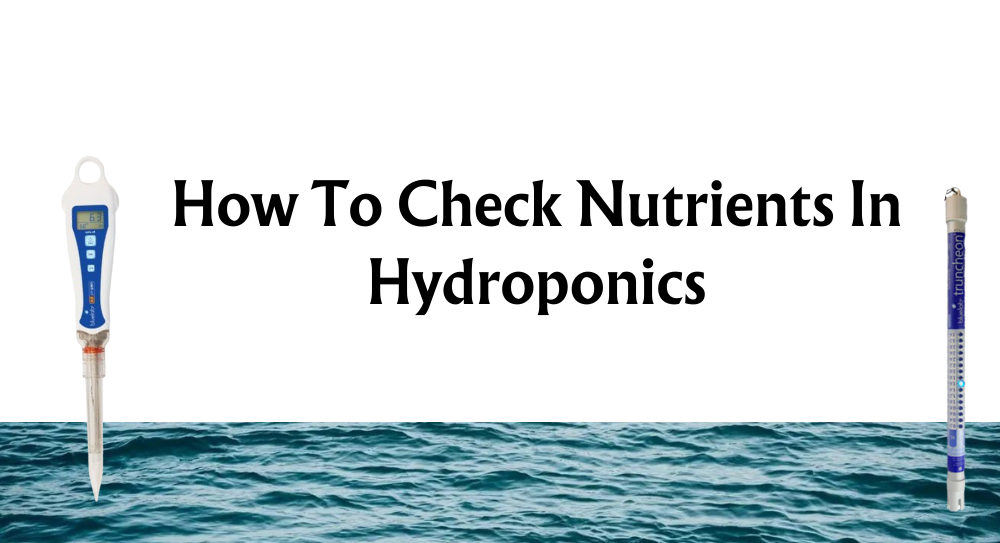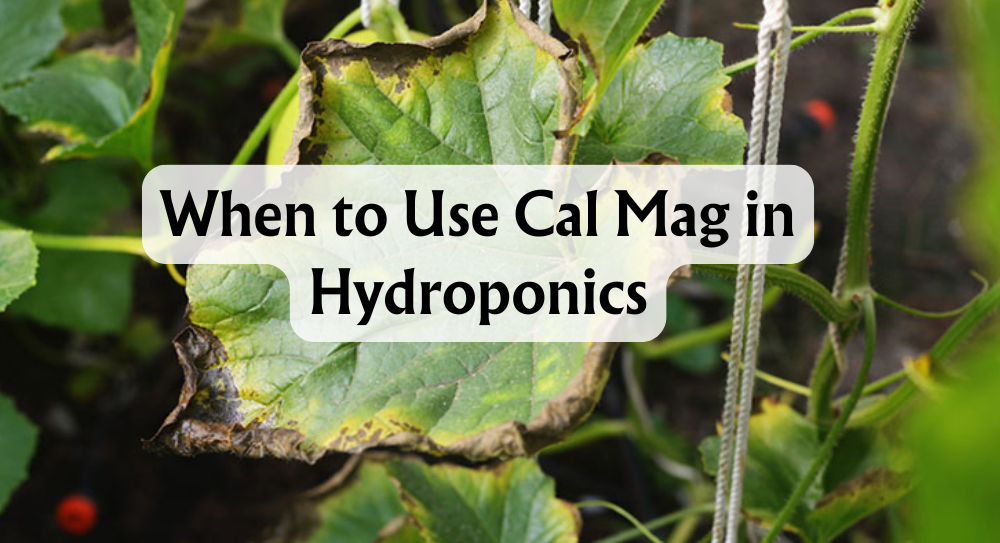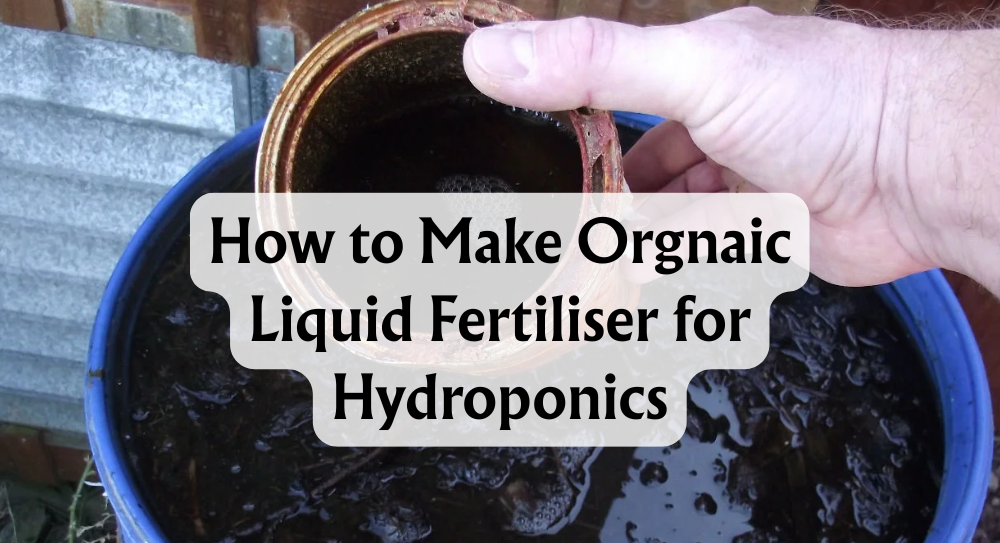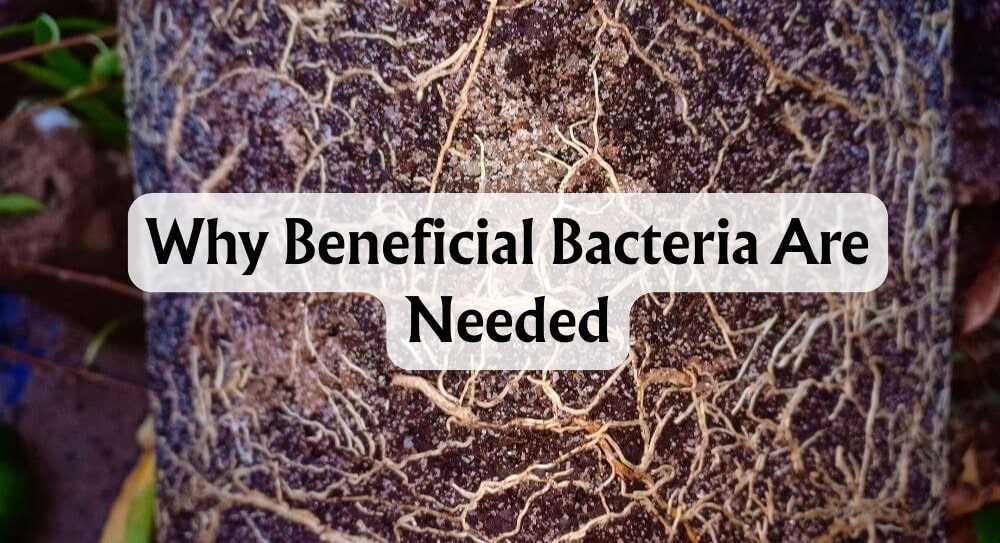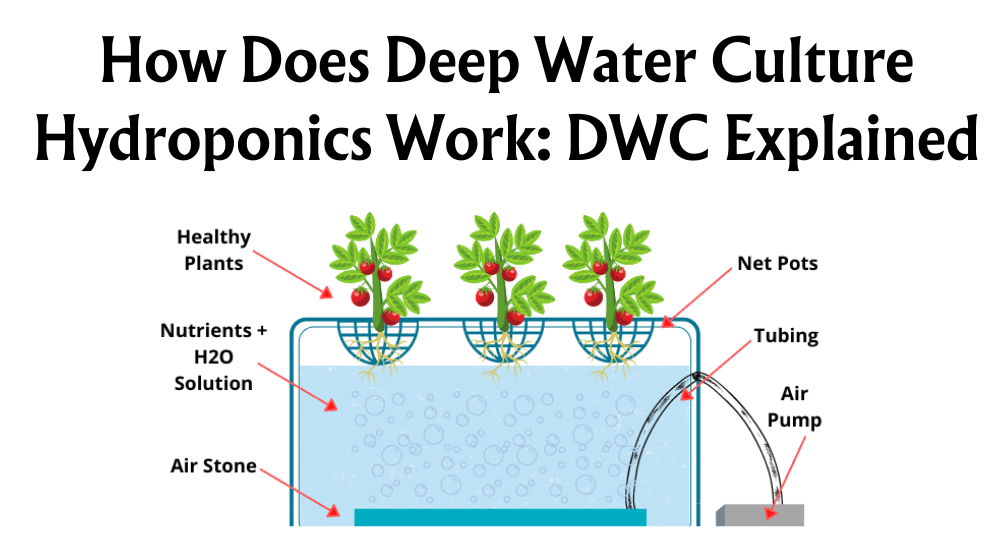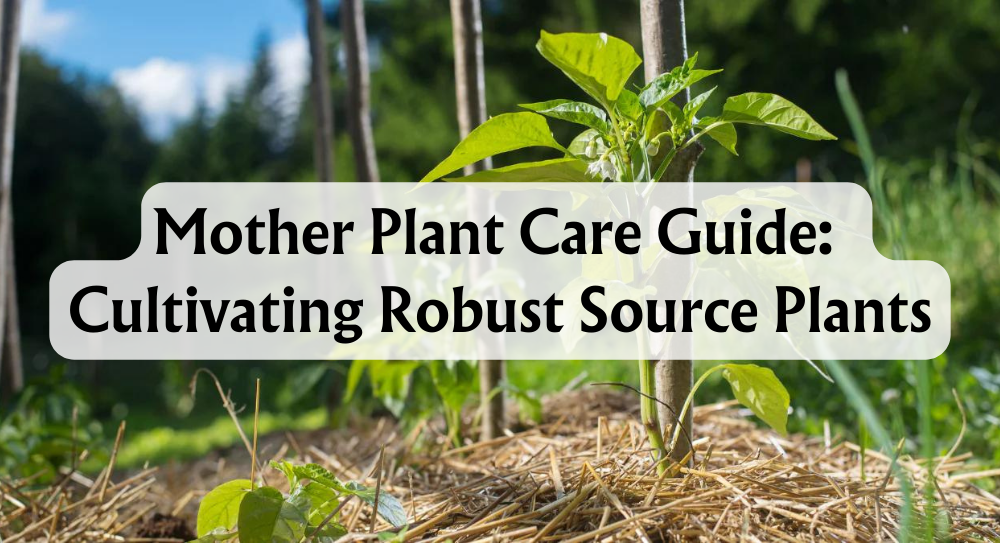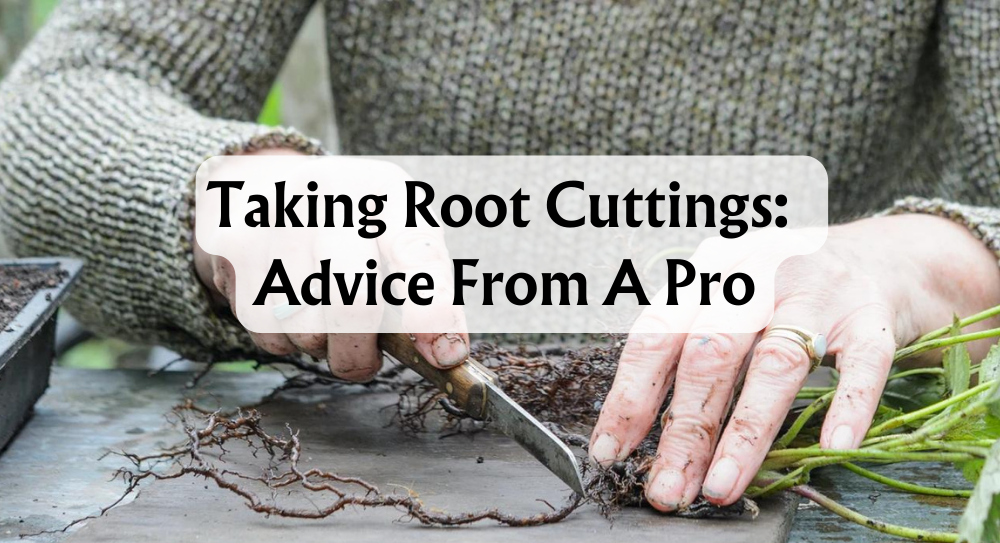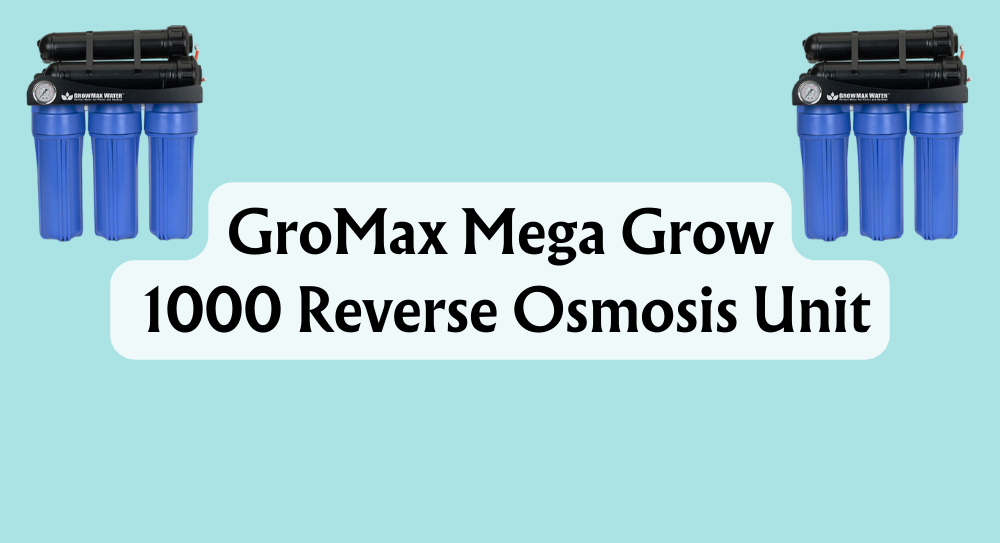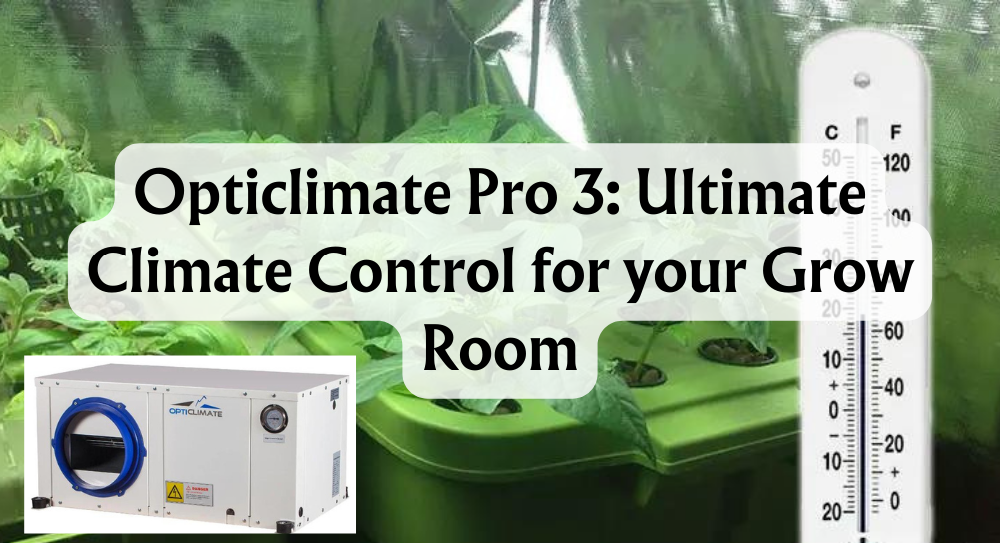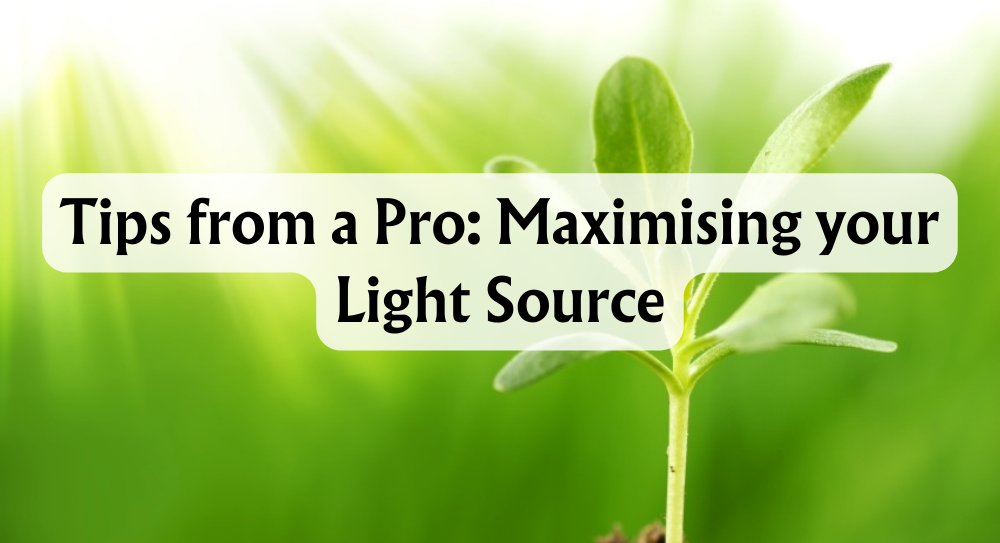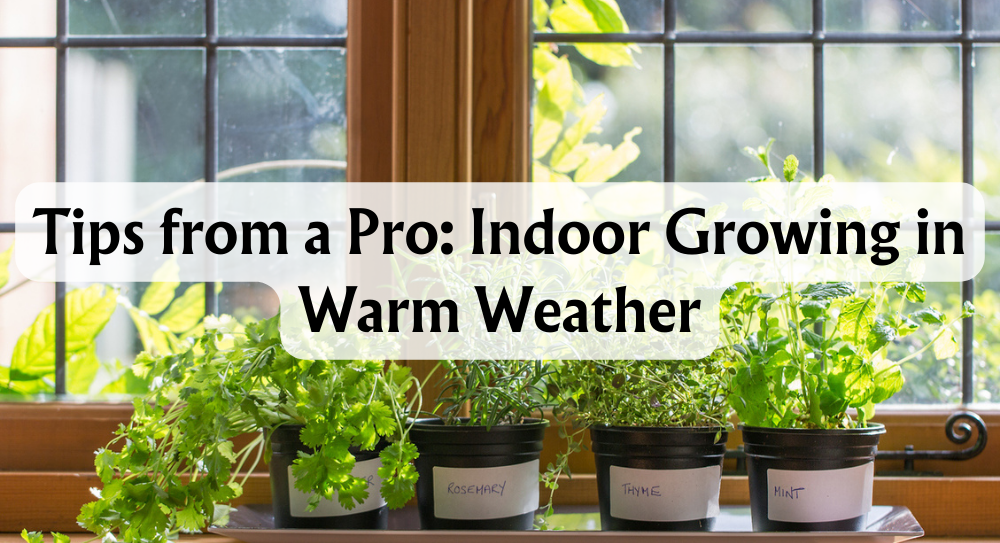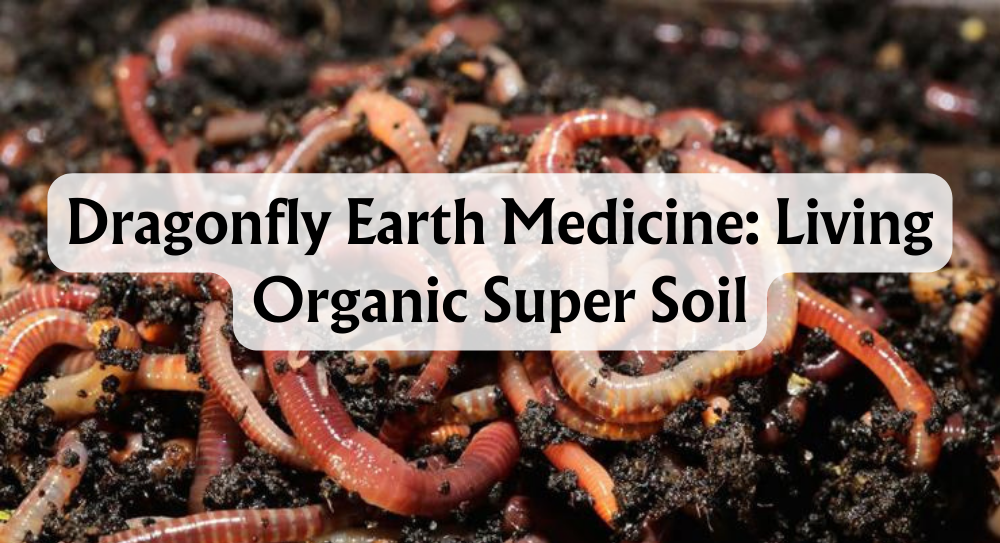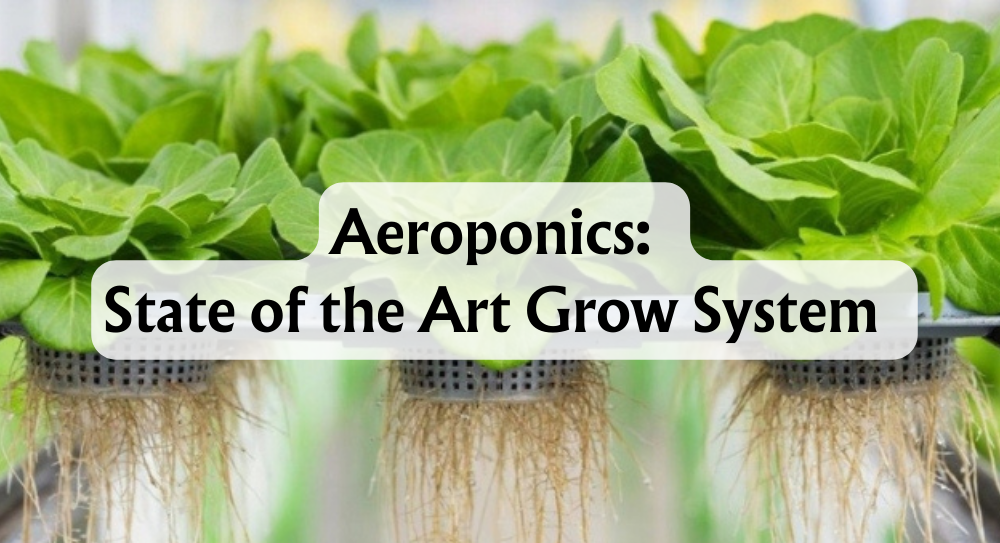How to Check Nutrients in Hydroponics
Hydroponics, a method of growing plants without soil, revolutionises how we think about gardening. By delivering nutrients directly through water, plants grow faster and yield more while conserving water—a boon for regions facing water scarcity or for urban gardeners short on space. It's a fascinating domain where we trade soil for water solution and, as such, swap traditional gardening tools for pH and EC meters.
Knowing how to measure and adjust the nutrient levels is crucial in hydroponics since plants rely entirely on the nutrient solution for sustenance. Also, monitoring water temperature ensures plants can absorb nutrients effectively. This article is here to guide us through the intricacies of maintaining optimal conditions for our hydroponic garden, ensuring our green friends are nothing but flourishing.
We'll explore practical steps to assess and tweak nutrient solutions, ensuring our plants have everything they need to thrive. From the science behind pH and electrical conductivity (EC) levels to the protocols for adjusting these parameters, we'll cover all you need to know to keep your hydroponic system in top shape.
Key Takeaways
- Accurate nutrient management is key to successful hydroponic gardening.
- Regular monitoring and adjustment of pH and EC levels are essential.
- Optimal water temperature is vital for effective nutrient uptake.
Why Nutrient Levels Matter
In our hydroponic gardens, getting the nutrient mix spot on is crucial. Without soil as a buffer, our plants rely entirely on us to provide the vital minerals and elements they need to thrive. Let's dive into the "hows" and "whys".
Role of Nutrients in Plant Growth
Nutrients are the building blocks of plant life. They're responsible for everything from leaf development to flowering and fruiting. In hydroponics, necessary nutrients must be dissolved directly in the water for the plant roots to absorb. If any nutrient is missing, our plants can't complete fundamental biological processes.
Importance of Balance for Different Crops
Each crop we grow may have its own unique 'recipe' for success. Leafy greens like lettuce adore nitrogen for their lush, green growth while blooming beauties crave phosphorus. Too much or too little can wreak havoc. Balance is not just better, it's essential.
Potential Problems from Imbalances
It's a tightrope walk sometimes; too little of a nutrient can cause deficiency symptoms like stunted growth or yellowing leaves. On the flip side, too much can lead to nutrient lockout or even root rot. Our plants speak to us through their leaves and stems; we need to listen carefully and make adjustments to keep them in tip-top condition.
Ph and EC Levels
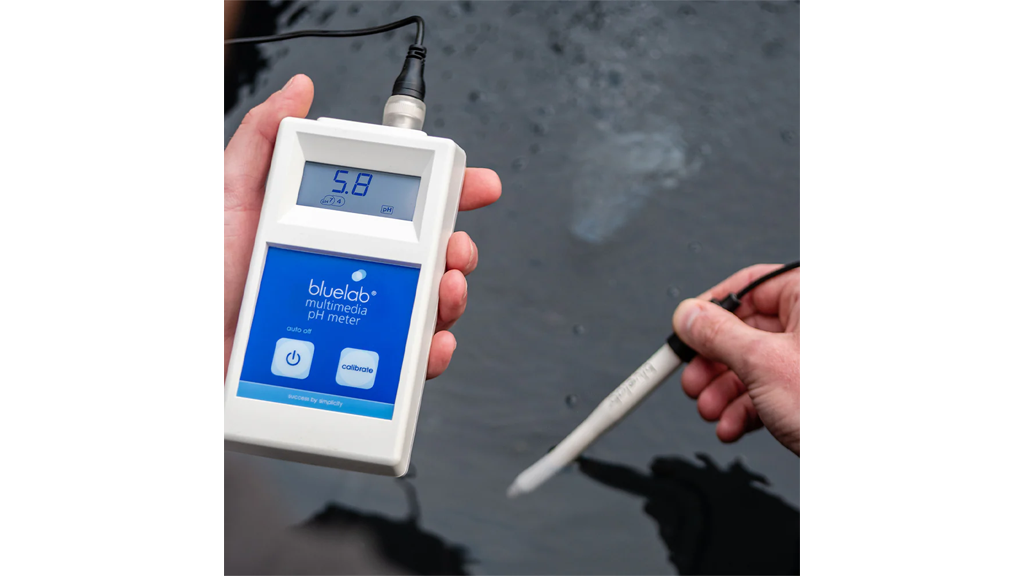
When we talk about hydroponics, we're talking about a balancing act. The pH and EC levels are the twin stars of this show. Let's dive into what makes them so pivotal.
Defining pH and EC
pH, or the potential of hydrogen, is a measure of how acidic or alkaline the water in our hydroponic system is. It's crucial because it affects nutrient availability and uptake. EC, or electrical conductivity, tells us about the total dissolved salts, which in turn informs us about the nutrient strength in the water.
Optimal Ranges for Hydroponic Crops
Ever wondered why your lettuce is limp or your tomatoes are tiny? Often, it's down to not hitting that sweet spot for pH and EC levels. Most of our leafy greens like a pH between 5.5 and 6.5, while the EC prefers to lounge around 1.2 to 2.0. These ranges vary based on your crop type, their stage of development, and the design of your hydroponic system.
Examples of pH and EC Values
- Lettuce: pH 5.5-6.0; EC 0.8-1.2
- Tomatoes: pH 5.5-6.5; EC 2.0-5.0
- Basil: pH 5.5-6.5; EC 1.0-1.6
- Strawberries: pH 5.5-6.5; EC 1.0-1.5
Acknowledging these numbers helps us ensure our veggies and fruits are in their prime for both growth and taste.
Change Factors Over Time
Our resilience is tested as these levels don't like to stay constant. They shift! Factors such as plant consumption, evaporation, water quality, and level of nutrients constantly alter the pH and EC of our hydroponic setup. Regular monitoring is our best defence, helping us to stay proactive rather than reactive.
The Importance of Water Temperature
Pretty much everything in your hydroponic growing system needs to be just right to ensure that your plants prosper – that includes the all-important aspect of water temperature. Get this wrong, and you could be saying goodbye to those lush greens before you know it. Here's the lowdown on why you should keep an eye on that thermometer.
Effects on Nutrient Solubility and Oxygen
Water temperature can make or break your plants' access to nutrients. Too chilly? Nutrients won't dissolve as they should, leaving your plants with an incomplete dietary plate. Too warm? You risk oxygen levels in the water plummeting, and as we know, lack of oxygen is a big no-no for root health. Warm water also loves to entertain unwanted bacteria and fungus.
Ideal Water Temperature Range
For most hydroponic setups, the sweet spot lies between 18°C and 26°C (65°F to 80°F). Why is this range so critical? It's all about keeping the plant metabolism ticking over nicely, ensuring efficient uptake of nutrients and keeping those oxygen levels just right.
Problems from Temperature Fluctuations
Here's a point to ponder: what mess can temperature swings create? Imagine nutrient precipitation – those essential foods turning into unusable solids. Or how about thermal shock, which is as bad as it sounds, rapidly stressing out plants. And you guessed it, oxygen depletion – not exactly the underwater environment we're aiming for.
Maintaining Control of Water Temperature
Keeping everything in balance isn't rocket science. You might need to invest in a water heater or a chiller – especially if your setup is in a place that's prone to dramatic temperature changes. Don't forget a trusty thermometer to keep tabs on things. And remember, an insulated reservoir is akin to a cosy jumper – it helps maintain a nice, steady temperature.
Sticking to these tips should safeguard your nutrient solution from being an unwelcoming soup or a chilly draught for your plants. Keeping that water temperature regulated is like ensuring the heart of your hydroponic system keeps beating healthily.
How to Measure Nutrient Levels
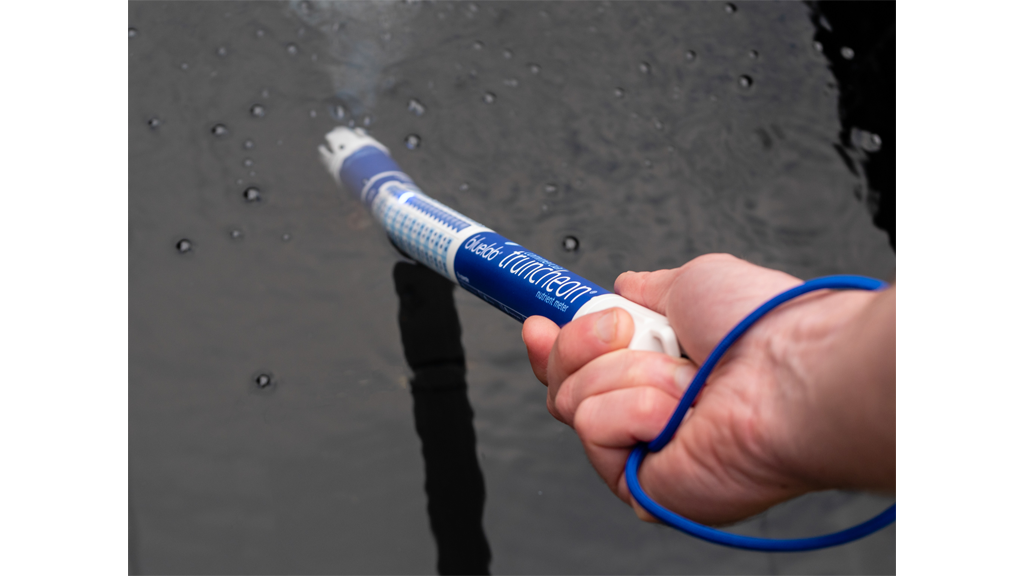
Ensuring proper nutrient levels in our hydroponic system is critical for plant health and vigorous growth. Let's take a look at various tools and methods to measure nutrient solutions accurately.
Methods and Tools for Measurement
To maintain a prosperous hydroponic garden, water testing is crucial. We'll want to become familiar with EC meters and pH meters, which are standard tools used for this purpose. A Truncheon meter is a type of EC meter specifically designed for hydroponics. They provide us with the electrical conductivity (EC) levels, which help us understand the concentration of fertilisers within the solution. Foliar analysis, on the other hand, is a more complex process where plant leaves are tested to gauge their nutrient uptake.
Guide on Nutrient Measurement Tools Use
Using these tools requires attention to accuracy.
-
EC Meter:
- Calibrate the meter with a standard solution.
- Clean the electrode before immersing it in the nutrient solution.
- Read the EC level, aiming for a range of 1.2 to 2.0.
- Rinse the electrode after use.
-
pH Meter:
- Calibrate with buffers of known pH values.
- Clean the probe, then insert it into your solution.
- Adjust the pH, ideally between 5.5 and 6.5.
- Clean the probe post-measurement.
Regular calibration and upkeep ensure prolonged accuracy of our measurements.
Nutrient Measurements Examples
Different hydroponic systems require specific nutrient concentrations. For example:
- In NFT (Nutrient Film Technique), an EC range of 1.2-2.0 works well.
- DWC (Deep Water Culture) systems may need closer monitoring, as the static water can lead to nutrient build-up.
- For ZipGrow towers, consistency in EC and pH is key for vertical growth efficiency.
By comparing our readings to these standards, we can adjust our ppm (parts per million) to match what plants need.
Best Practices for Measurement Timing
Our consistency in measuring helps us stay on top of the nutrients.
- Daily: Check pH levels every day, adjusting as needed without drastic changes.
- Weekly: Test EC levels weekly to track the overall trend of nutrient strength.
- Before and after feeding, a check is vital to ensure we are not overloading or depleting our plants' nutritional sources.
Remember, regular measurement is essential for ensuring what our plants will require.
Adjusting pH and EC Levels
In hydroponics, achieving the ideal nutrient balance hinges on properly adjusting pH and EC levels. Let's master these adjustments to ensure our plants can absorb the food they need efficiently and effectively.

Methods for pH and EC Adjustments
To tweak the pH in our hydroponic systems, we often turn to pH buffers. These are solutions that can raise or lower pH — we've got acidic buffers to decrease the pH and alkaline buffers for when we need to bump it up. For EC adjustments, we can add more fertiliser or nutrient solution to increase the electrical conductivity if it's too low, or dilute with fresh water or reverse osmosis (RO) water to lower it if it gets too high.
Step-By-Step Guide for pH and EC Correction
Now, let's break down the process:
- Testing: We first test our nutrient solution using a reliable pH meter and EC meter.
- Calculating: Determine how much you need to adjust. Small adjustments are key; drastic changes can shock our plants.
- Adjusting pH: If needed, add the pH buffer bit by bit, mix well, and then retest.
- Adjusting EC: Mix in the right amount of fertiliser or nutrient solution to raise EC, or add water to lower it.
- Re-testing: Always recheck the pH and EC after any adjustments.
Examples of pH and EC Scenario Adjustments
Let's tackle a couple of scenarios:
- Raising pH: If we test and find our pH at 4.5, that's too acidic. We'll add an alkali buffer - carefully, mind you - until we hit our sweet spot, usually between 5.5 and 6.5 for most plants.
- Lowering EC: Suppose our EC's off the chart. We'd dilute our nutrient solution with some fresh water, reducing EC to a more plant-friendly range, typically 1.2 to 2.0 for most systems.
Best Practices for Nutrient Imbalance Prevention
To stave off trouble before it starts, follow these pointers:
- Quality Water: Starting with good quality water can prevent a lot of headaches with EC.
- Label Instructions: Stick closely to the recommended dosages on nutrient labels; more isn't always better.
- System Flushing: Occasionally running fresh water through the system can clear out salt build-ups affecting EC.
By staying vigilant and making precise adjustments to pH and EC levels, we'll sidestep common nutrient deficiencies and keep our plants in peak condition.
Conclusion
We've navigated the ins and outs of maintaining nutrient levels in hydroponic systems, and it's clear—regular checks are crucial for the best plant health. By keeping an eye on pH and EC levels, we ensure that our plants are receiving the right balance of nutrients they need to thrive.
Key Points to Remember:
- pH levels should stay between 5.5 and 6.5, while EC (Electrical Conductivity) measurements indicate nutrient salt concentration, optimally maintained between 1.2 and 2.0.
- Adjusting pH involves the addition of acids or bases, which should be done cautiously to avoid shocking plants with sudden changes.
The precise amount of nutrient solution leads to robust plant growth and maximises our harvest. Happy plants mean a happy yield, and who doesn't love a bountiful harvest? It's not just about quantity, but quality as well.
As we apply this knowledge to our systems, let's remember it's a balancing act. Monitoring and tweaking might seem daunting at first, but it's like nurturing a flourishing garden. Except, our garden floats in a nutrient reservoir instead of soil.
So, let's keep those plant nutrients in check and watch our plants soar. Remember, a keen eye on these levels today spells out lush leaves and fruiting plants tomorrow.

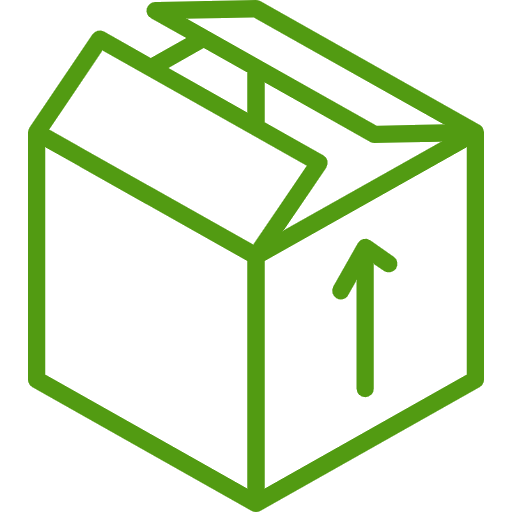





 Store Locator
Store Locator
